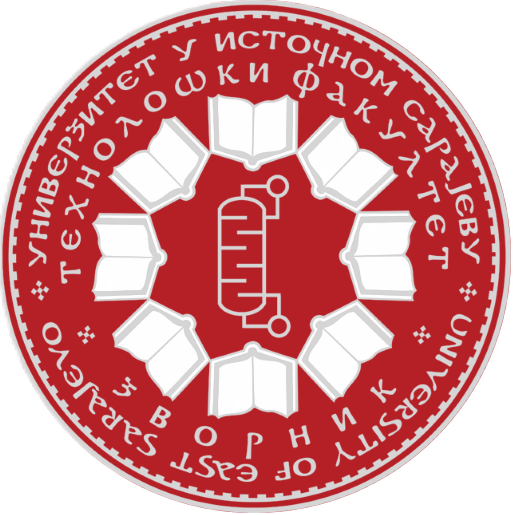Packaging materials and articles for food: legislation and codes of good manufacturing practice
The basic objectives of food packaging materials are to provide safety and to pre- vent physical damage of the product, to retain or improve sensory characteristics, to offer a pleasing appearance, to be functional, to facilitate distribution, to give dimensional stability, but also to be compatible with the requirements regulated by the law. Consu...
By Aleksandra Porjazoska Kujundziski, Dragica Chamovska
Adsorption of phenol on polycrystalline gold from aqueous solutions
The presence of phenolic compounds as one of the most common organic pollutants in natural water (surface and ground waters) has been detected as a worldwide problem. Very small concentrations of phenols affect the quality of both environmental and household waters, and directly or indirectly impact lives in aquatic systems and humans, as well. Mos...
By Dragica Chamovska, Aleksandra Porjazoska Kujundziski
THERMAL AGING STUDY OF BIODEGRADABLE POLYMER MATERIALS BY DIELECTRIC THERMAL ANALYSIS
Two different studies of the thermal aging of polyesters based on lactic and glycolic acidswere compared. Thermal degradation of poly(L-lactic acid) (PLLA), poly(L-lactic acid-co-glycolicacid) (PLLGA) and poly(DL-lactic acid-co-glycolic acid) (PDLGA) was studied by the dielectricthermal analysis (DETA). The aging was performed at 37C in vacuum ove...
By Aleksandra Porjazoska Kujundziski, Dragica Chamovska
PET PACKAGING CHARACTERIZATION BY MEANS OF DIELECTRIC THERMAL ANALYSIS AND IMPEDANCE SPECTROSCOPY
Chemical inertness and physical properties like adequate gas barrier, transparency, light weight and good recyclability, have made poly(ethylene therephtalate) (PET) particularly suitable in food packaging applications, especially in beverages and drinking water. However, several studies have shown the presence of compounds not expected a priori in...
By Dragica Chamovska, Daniela Lazova, Toma Grchev, Maja Cvetkovska
